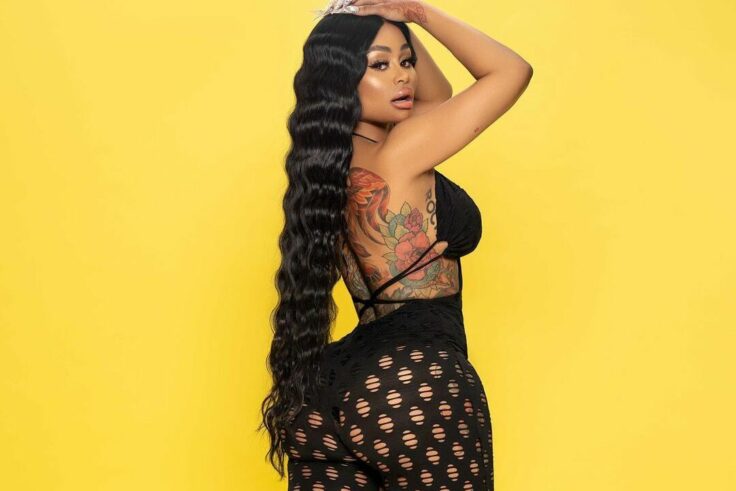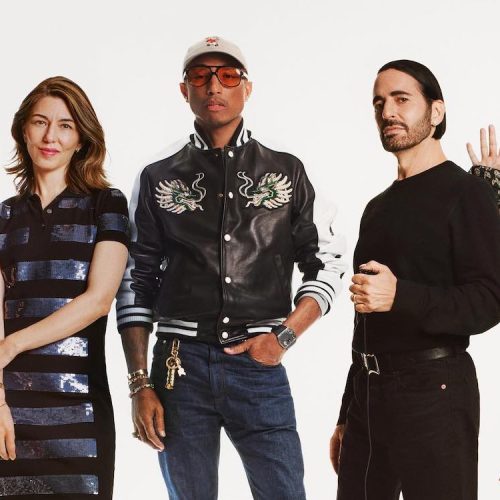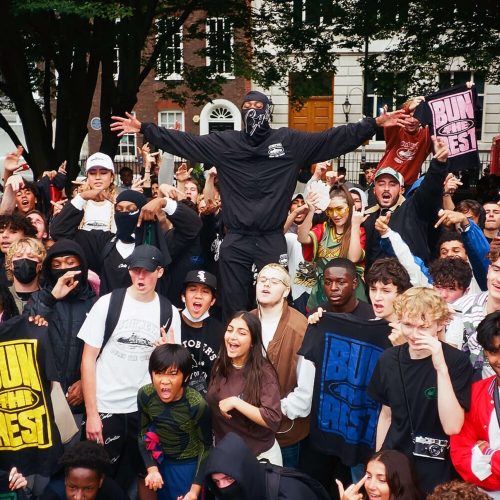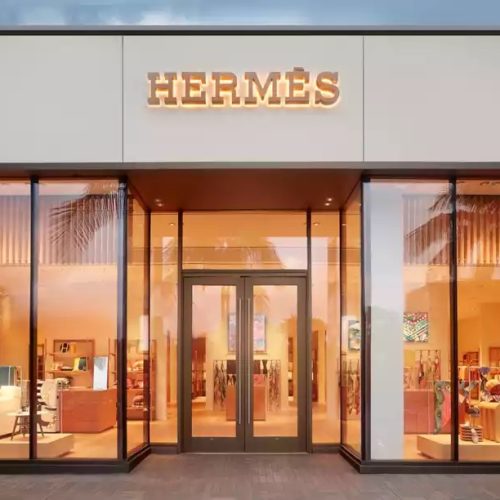Bodycon, cutouts, mesh: three primary elements of ‘BBL fashion’, a term recently coined on Twitter and Tiktok. It perfectly encapsulates fast fashion’s latest design ethos—cater to a body type achieved almost exclusively through the most painful and dangerous of plastic surgeries.
If you’ve scrolled through Pretty Little Thing, Boohoo, or Fashion Nova over the past few years, you know exactly what we’re talking about. It’s the tiny piece of fabric strung together with an even smaller piece of fabric with a gaping hole in the center being sold as a dress—leaving the prospect of a little underboob, and just enough coverage for the hallmark of Brazilian butt lift fashion, the butt. Think small on top and XXL on the bottom.
BBL fashion is ruining everything why does everything have slits and holes everywhere???
— ᥫ᭡ (@hyratldn) August 29, 2021
It’s the swimwear—appropriate-but-only-for-a-Miami-vacation—because it feels practically impossible to find a two piece that doesn’t leave out the opportunity for certain body parts to constantly spill over.
I’m sick and tired of the Kardashian/ BBL led fashion trends. Both high street and independent retailers are increasingly creating clothes for this body type. What about the rest of us?
— nessa pungs. (@vpungs) August 3, 2021
Yes, a new body standard has taken over—and it might just be the most dangerous yet. It’s called a BBL body, and the surgery to literally carve it out has been found to cause one too many fatalities. One study found that one in 3,000 BBL procedures results in a death. Despite this, the procedure is only growing more popular.
On my many hours spent scrolling through Tiktok, a good percentage consists of the consumption of BBL content. There are the countless women flying over to countries like Turkey or Tunisia to get the procedures at a lower price-point, complete with post-surgery footage in their skin-tight fajas that quite literally hold their newly-sculpted bodies together. There are the ‘storytimes’ on how terribly painful the recovery process is. Of course, there’s no shortage of ‘before-and-afters’; and not least, ‘try-on’ content, wherein women, both young and old, indulge in fittings of their new and old clothes hugging their new BBL bodies.
Some might credit the new body standard and the fashion that followed to Kim Kardashian. We’ve seen the gradual shift towards a more voluptuous body-type becoming popularized in the decade since the reality star’s rise. But this isn’t an examination of the origin story of the BBL body; rather, society’s incessant need to ideate and idealize a specific body type that is the problem.
The early 2000s marked the height of ‘thin culture’, when celebrities and every girl-next-door aspired to fit the mold by becoming void of a single percent of body fat. The era marked the rise of dangerous eating disorders, landing countless women in hospitals for physical ailments and leaving many emotionally and mentally scarred for the years that followed.
It’s why the celebration of curvy bodies was initially celebrated, and we are all for it. But if BBL fashion is of any indication, it’s that our body ideal only morphed, making leeway for a new set of collective insecurities to arise. Let’s make our bodies, the way they are the trend.









